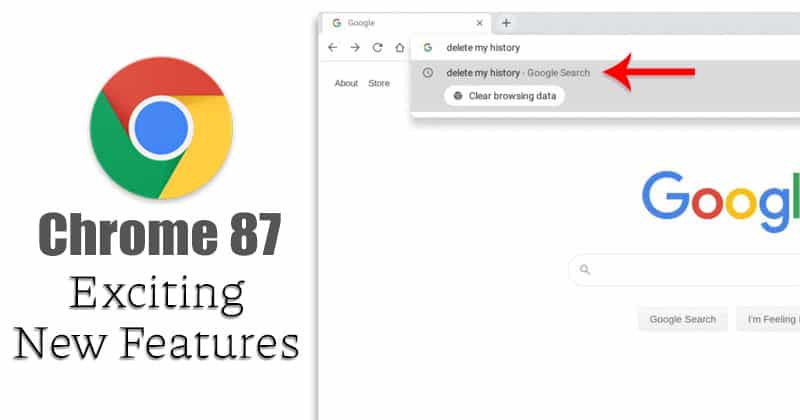
Google hasn’t provided any details of which apps, or what sort of data, could be maliciously manipulated by this bug… The zero-day bug CVE-2022-2856 is presented with no more detail than you see above: “Insufficient validation of untrusted input in Intents.”Ī Chrome Intent is a mechanism for triggering apps directly from a web page, in which data on the web page is fed into an external app that’s launched to process that data.

This overflows the officially-allocated buffer and overwrites data in the next block of memory along, even though that memory might already be in use by some other part of the program.īuffer overflows therefore typically produce similar side-effects to use-after-free bugs: mostly, the vulnerable program will crash sometimes, however, the program can be tricked into running untrusted code without warning. Sometimes, however, use-after-free bugs can be triggered deliberately in order to misdirect the software so that it misbehaves (for example by skipping a security check, or trusting the wrong block of input data) and provokes unauthorised behaviour.Ī heap buffer overflow means asking for a block of memory, but writing out more data than will fit safely into it. Often, bugs of this sort will cause the software to crash completely, by messing up calculations or memory access in an unrecoverable way. …only to carry on using that memory anyway, thus potentially causing one part of Chrome to rely on data it thought it could trust, without realising that another part of the software might still be tampering with that data. CVE-2022-2861: Inappropriate implementation in Extensions API.Īs you can see, seven of these bugs were caused by memory mismanagement.Ī use-after-free vulnerability means that one part of Chrome handed back a memory block that it wasn’t planning to use any more, so that it could be reallocated for use elsewhere in the software….CVE-2022-2860: Insufficient policy enforcement in Cookies.CVE-2022-2859: Use after free in Chrome OS Shell.

CVE-2022-2856: Insufficient validation of untrusted input in Intents.CVE-2022-2853: Heap buffer overflow in Downloads.CVE-2022-2858: Use after free in Sign-In Flow.CVE-2022-2857: Use after free in Blink.
CVE-2022-2855: Use after free in ANGLE.CVE-2022-2854: Use after free in SwiftShader.CVE-2022-2852: Use after free in FedCM.Details about the updates are scant, given that Google, in common with many other vendors these days, restricts access to bug details “until a majority of users are updated with a fix”.īut Google’s release bulletin explicitly enumerates 10 of the 11 bugs, as follows:


 0 kommentar(er)
0 kommentar(er)
